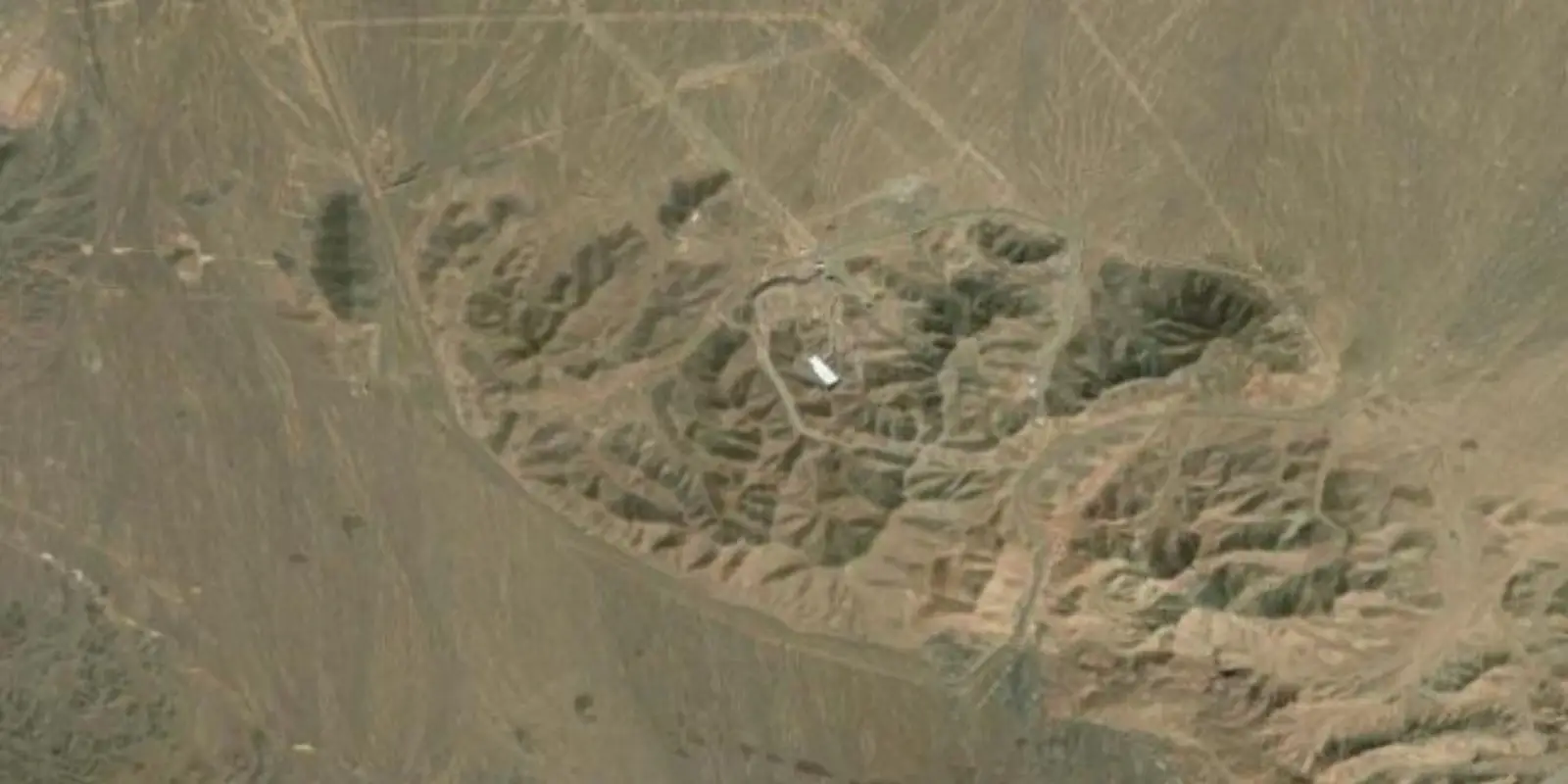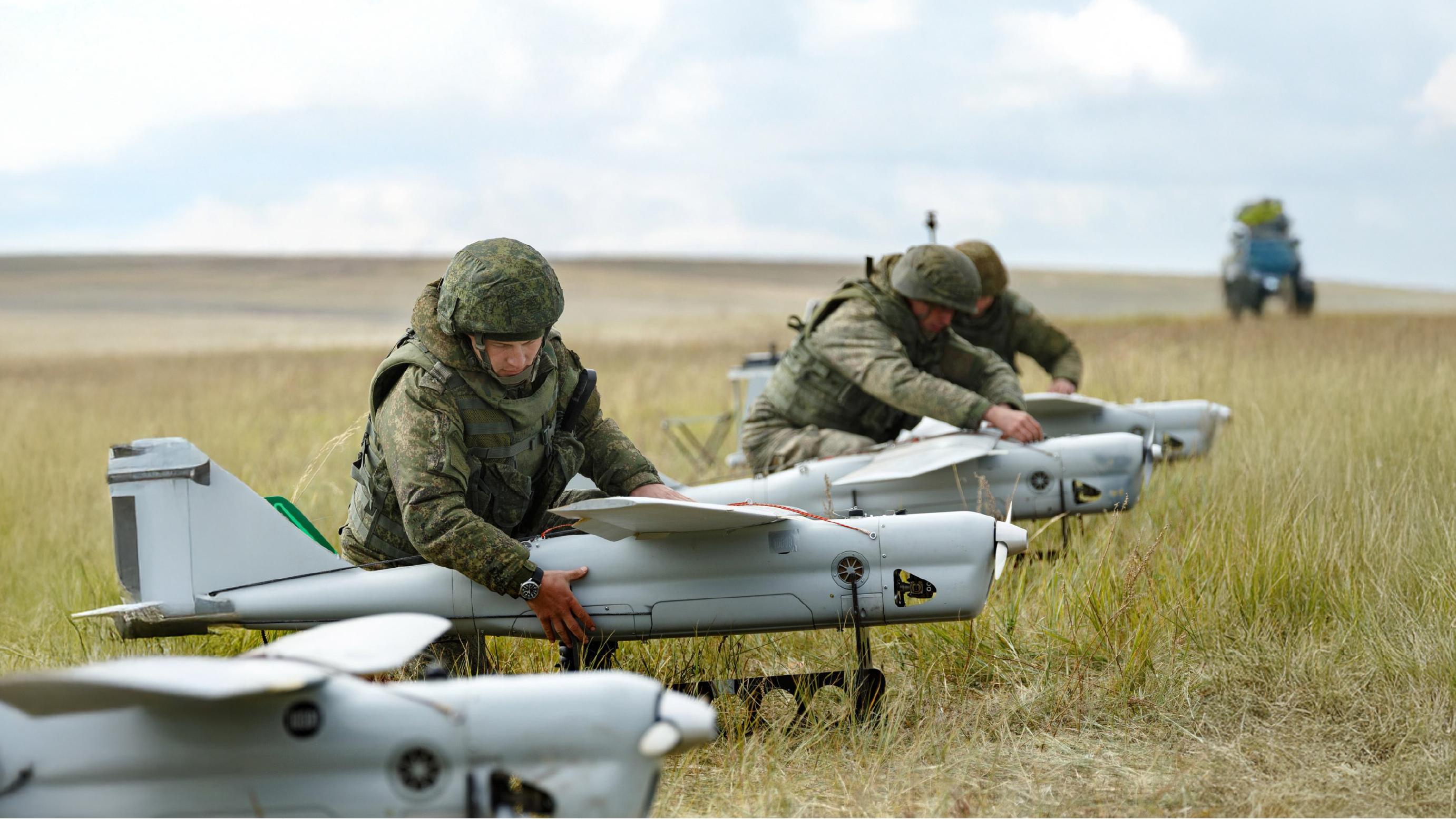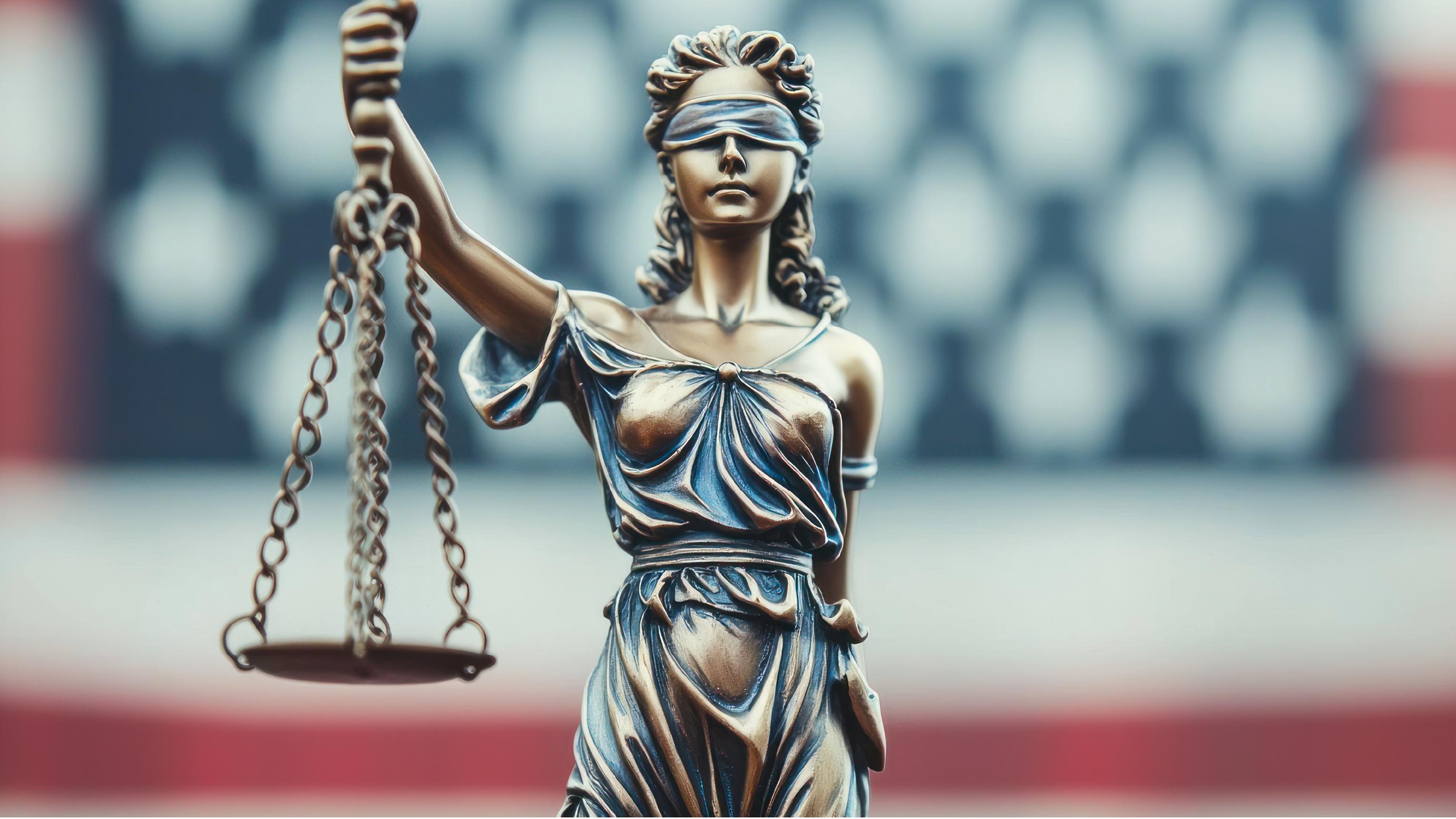IRAN SAYS US B-2 STRIKES DESTROYED NUCLEAR FACILITIES

The morning after US B-2 stealth bombers struck three Iranian nuclear development facilities on June 21, President Donald Trump told the nation that the three sites had been “completely and totally obliterated.” In the days that followed, military experts and analysts across the world questioned those claims. Even Trump’s own Chairman of the Joint Chiefs of Staff, Gen Dan “Razin” Caine, offered a more balanced assessment in a press conference as he awaited a more detailed battle damage assessment.
On July 22, about one month after the strikes, Iranian Foreign Minister Abbas Araghchi told Fox News that Trump was right, but also asserted that Iran would not stop with its uranium enrichment program.
“It (uranium enrichment) is stopped because, yes, damages are serious and severe. But obviously we cannot give up [on] enrichment because it is an achievement of our own scientists. And now, more than that, it is a question of national pride,” Araghchi said.
Battle Damage Assessment Evolved
While the initial damage assessments of Trump and others within his inner circle were very definitive, those boasts became more muted, and US intelligence organizations began to review imagery that supported a more extensive assessment of the attacks’ success.
During the strike on Iran, seven USAF B-2 bombers each dropped two GBU-57 30,000 pound “bunker buster” bombs – the largest of such weapons ever employed by the USAF.
Twelve of the fourteen bombs targeted the Iranian facility at Fordo, the most deeply buried and significant of the three sites that were attacked. The remaining two GBU-57s targeted another Iranian uranium enrichment facility in Nadanz and US Navy submarines attacked the nuclear research site at Isfahan with 24 Tomahawk cruise missiles.
The first assessment produced by the Defense Intelligence agency, based on battle damage assessment conducted by the US Central Command, said that the strikes did not destroy the core components of the country’s nuclear program and likely only set it back by months.
By mid-July, US Central Command had updated its assessment again and said that one of the three nuclear enrichment sites in Iran struck by the United States last month was mostly destroyed, setting work there back significantly. However, the command said that the two others were not as badly damaged and that nuclear enrichment could resume in the next several months if Iran wants it to.
Sites Destroyed, But Enrichment Will Continue
Iran has long contended that its nuclear enrichment program is intended for power production only and that they do not have ambitions to possess a nuclear weapon. After declaring the US attacks a success, Iran doubled-down on its intent to continue its uranium enrichment program for peaceful purposes only.
In an interview with Al Jazeera, Iran’s President Masoud Pezeshkian made it clear that his nation’s nuclear program may have been set back, but it is far from over. “[US President Donald] Trump says that Iran should not have a nuclear weapon and we accept this because we reject nuclear weapons and this is our political, religious, humanitarian and strategic position,” he said.
Pezeshkian added that the claim from Trump in an interview with Qatar's Al Jazeera on Tuesday saying, “These efforts are based on illusion. Nuclear capability resides in the minds of our scientists, not in our facilities.”
Another Strike Possible?
After Araghchi said that Tehran cannot give up its nuclear enrichment program, even though it was damaged in US bombings last month, Trump took to social media to issue his response.
On his Truth Social platform, Trump referenced Araghchi's comments about the nuclear sites being severely damaged and said, "Of course they are, just like I said, and we will do it again, if necessary!"
Suggested reads:
SHARE:
TAGS:
JOIN OUR NEWSLETTER
Get the latest news and military discounts



